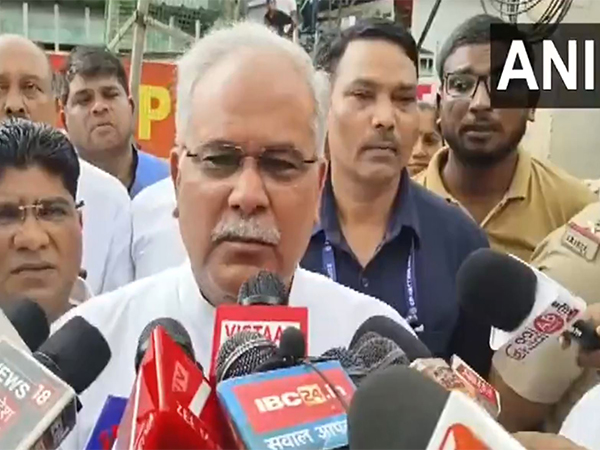New Delhi [India], July 22 (ANI): The demand for employment under the Mahatma Gandhi National Rural Employment Guarantee Scheme (MGNREGS) is not a true indicator of rural distress, highlighted the Economic Survey 2023-24, released by the finance ministry on Monday.
Contrary to popular belief, the survey points out that data from FY23 reveals that states with the highest rural unemployment rates did not necessarily utilize the most MGNREGS funds. This finding challenges the narrative that states with high rural unemployment rates in FY22 would seek more MGNREGS funds in FY23.
The MGNREGA, enacted in 2005, aims to enhance livelihood security for rural households by providing at least 100 days of guaranteed wage employment each financial year to every household whose adult members volunteer for unskilled manual work.
However, the survey highlights the utilization of MGNREGS funds across states, suggesting that demand for MGNREGS work is not directly tied to rural distress but is influenced by other factors.
For instance, in FY24, Tamil Nadu, which has less than 1 per cent of the country’s poor population, accounted for nearly 15 per cent of all MGNREGS funds released. Similarly, Kerala, with only 0.1 percent of the poor population, used almost 4 per cent of the nation’s MGNREGS funds. These two states together generated 51 crore person-days of employment.
In stark contrast, Bihar and Uttar Pradesh (UP), which together account for about 45 percent (20 percent and 25 percent, respectively) of the poor population, only utilized 17 percent (6 percent and 11 percent, respectively) of MGNREGA funds, generating 53 crore person-days of employment.
The survey emphasizes that the demand for MGNREGS is not an accurate measure of rural distress but is predominantly linked to the state’s institutional capacity and variations in minimum wages. Additionally, the calculations reveal that there is little correlation between MGNREGS fund usage and rural unemployment rates.
States such as Haryana, Kerala, Tamil Nadu, Karnataka, and others have relatively high notified wage rates under MGNREGA compared to their per capita incomes. This significantly impacts state-wise MGNREGS fund usage, as the wage component is fully borne by the Central Government.
Moreover, the survey highlights that the effective implementation and institutional capacity of states play a crucial role in determining MGNREGS fund usage. States with better administrative mechanisms and higher notified wage rates tend to utilize more funds, regardless of their actual levels of rural distress or unemployment. (ANI)
Disclaimer: This story is auto-generated from a syndicated feed of ANI; only the image & headline may have been reworked by News Services Division of World News Network Inc Ltd and Palghar News and Pune News and World News
HINDI, MARATHI, GUJARATI, TAMIL, TELUGU, BENGALI, KANNADA, ORIYA, PUNJABI, URDU, MALAYALAM
For more details and packages
















